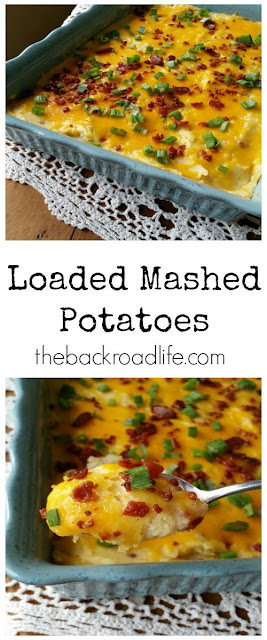We have had our own backyard chickens for about 3 years now. This fall we built our chickens a new chicken house for them to have more room. When it comes to our chickens, I love saying the expression "If you take care of them, they will take care of you," as we usually get several dozen eggs each week from our chickens. We definitely enjoy using fresh farm eggs for our meals, cooking, and baking. Chickens are pretty easy to care for, but you also might be interested in knowing some extra tips for how to care for them in the winter months. They are pretty hearty birds and can handle cooler temperatures if provided adequate necessities in those cooler winter months.
Provide a strong wind barrier. By providing a chicken coop or chicken house for the chickens will help the chickens stay warm and out of the wind. Each fall we check over the chicken house, winterize it, and make sure its not drafty for the chickens.
Fresh water. Chickens need a good amount of water to produce eggs. Since it is likely that the water will freeze in the winter time, you might invest in a heated water pan or also be sure to provide fresh water to the chickens a few times a day. Chickens can often make a mess out of their water pan, so I would suggest not leaving it in the area of the chicken house where it would wet the bedding. Maybe keep water pan outside or in an area with less traffic. Keep extra waterers on hand incase you need to switch out ones that have frozen over.
Provide protein rich feed. Added nutrients will be valuable for the chickens during the cooler winter months. This will give them extra energy and help them stay warm as well.
Good ventilation. During the cooler temperatures, chickens like to crowd together to stay warm. Moisture should not be able to accumulate and freeze. Good ventilation will help keep the chicken house dry and also prevent sickness in the chickens.
Provide good bedding. Use straw or shavings to keep the chicken coop floor dry and comfortable for the chickens to live in. Changing the bedding frequently will also help keep the chicken coop dry maintaining a healthy chicken coop.
Use a heat lamp. Adding a supplemental heat source will help prolong egg laying. Once the chickens are all nestled together they provide their own heat source with their bodies that is adequate for the cooler temperatures. A heat lamp isn't necessary, but they are often used. Use with caution.
Check chicken nests often. If your chickens are laying well, you will still want to check their nests often to be sure you gather eggs often. This will prevent the egg from freezing.
A few simple steps during the winter months will help your chickens remain healthy and stay happy chickens.



















































